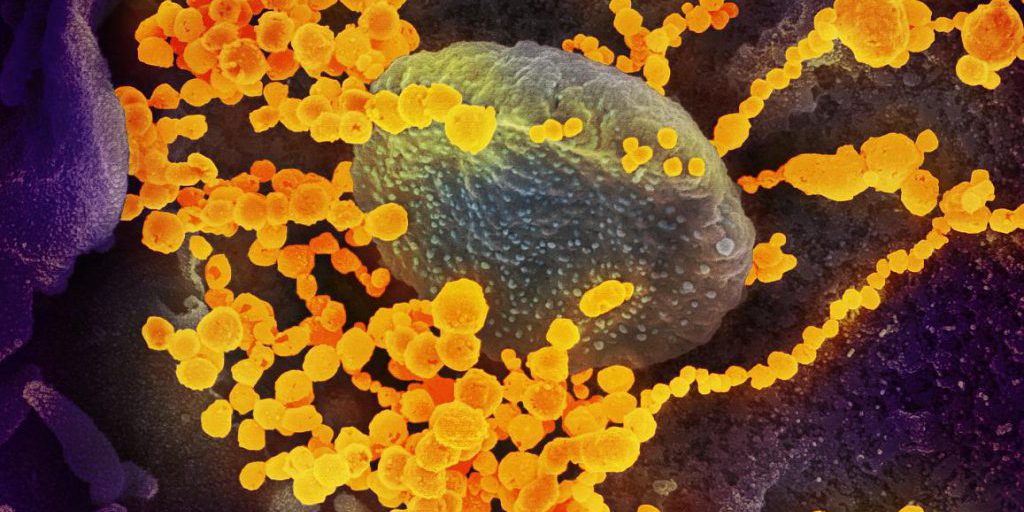LOS ALAMOS, N.M., Dec. 22, 2021—As the discovery of the new omicron variant illustrates, new COVID-19 variants will continue to regularly emerge. In an effort to make sense of these new variants, scientists at Los Alamos National Laboratory have developed methods to quantify how much more or less transmissible they are, which could have far-reaching implications for public health in terms of COVID-19 risk and the vaccination levels required to obtain herd immunity.
“Generally, new COVID-19 variants are simply discussed in terms of being more dangerous or spreading quicker than previous strains,” said Ethan Romero-Severson, a computational epidemiologist in Los Alamos’s Theoretical Division and senior author on the paper published in Nature Communications. “We showed that it is possible to calculate new strains’ transmission advantage while accounting for alternative explanations such as migration and random genetic drift. Our collection of methods allows us to look both broadly at the global situation and in greater detail at specific countries using publicly available genetic sequence data.”


